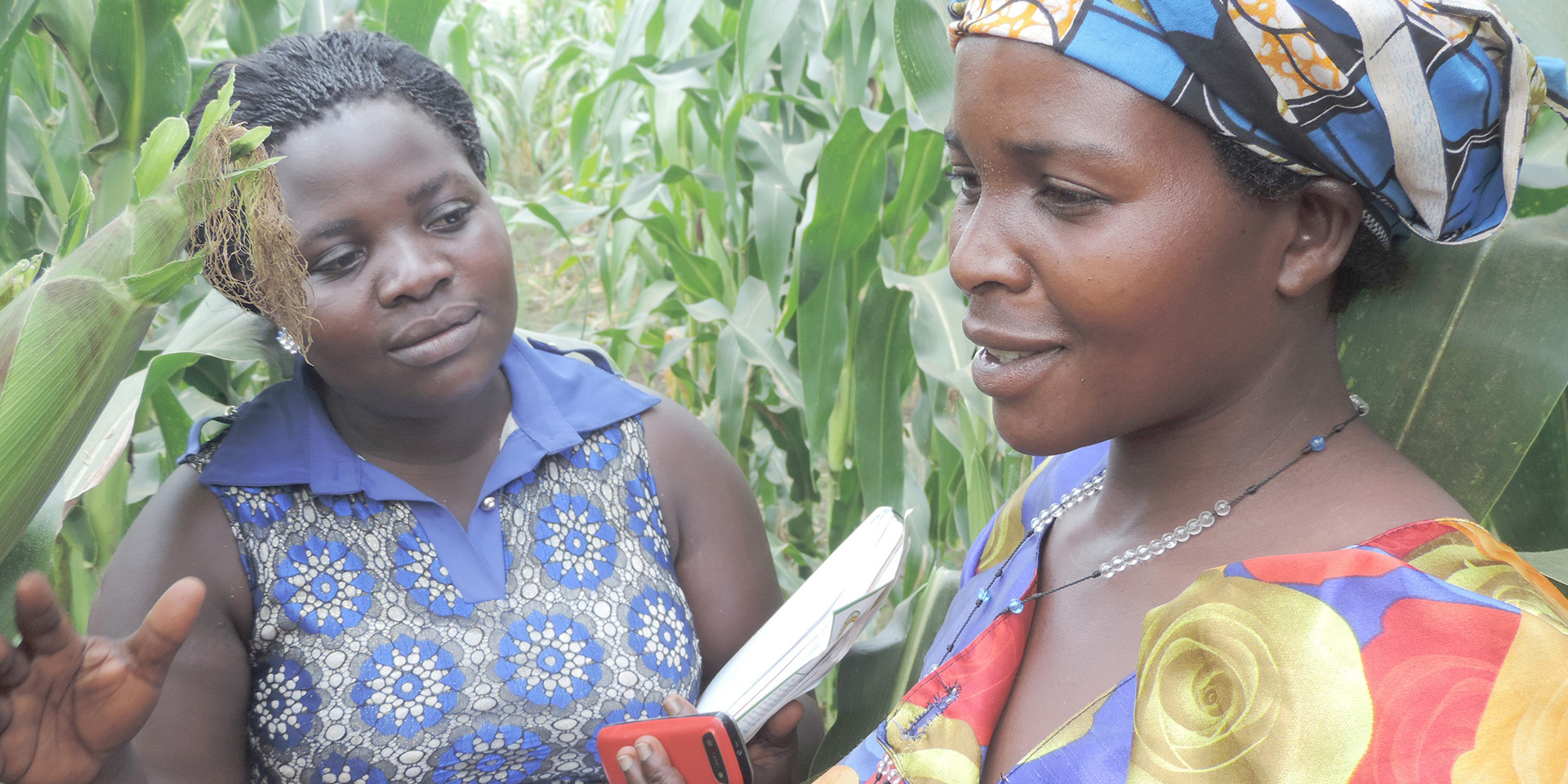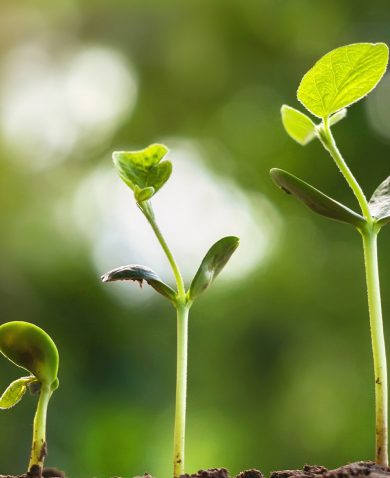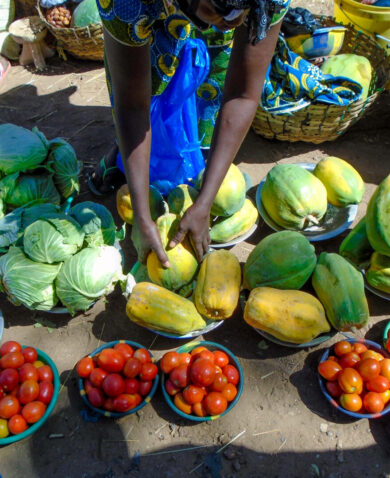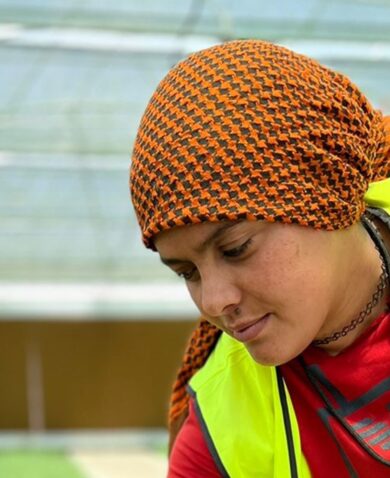
Ugandan Farmers — Majority Women — Devise New Mobile Solution
December 21, 2015 | 3 Minute ReadFarmers are adapting mobile technology to meet market needs and drive progress on their own terms rather than waiting for telecommunications companies to deliver solutions
This post was originally published by the Better Than Cash Alliance and is cross-posted with permission. Chemonics is a proud member of the alliance.
On a recent trip to Uganda, where I assessed Chemonics’ implementation of mobile money solutions, I was encouraged to see mobile money initiatives on the rise, from cardless ATM withdrawals and bill payments to international remittances. While the currently available solutions make life easier, they do not yet cover the full spectrum of mobile financial services. To address the remaining gaps, Ugandans are building on existing technologies to develop their own solutions. One success story that made a lasting impression on me was the Zirobwe Agaliawamu Agribusiness Training Association (ZAABTA) in Luweero, which has developed a mobile solution that assists farmers in finding supplies and labor and then expedites digital payments.
ZAABTA is an umbrella association of 142 farmer groups and more than 4,300 farmers — 53 percent of whom are women. While visiting the ZAABTA training center to see how project members are using mobile money for improved operations, I had the pleasure of meeting the ZAABTA manager, Godfrey Mayambala.
Godfrey ensures the center provides agricultural extension services such as farming techniques and post-harvest handling, purchases input supplies like seeds and fertilizer in bulk to loan to members at reduced prices, and purchases produce from farmers such as rice, maize, and beans to sell in bulk at local markets. ZAABTA helps farmers to produce better quality crops at a lower cost and sells farmers’ produce in bulk so that they earn higher returns.
Introducing the new solution
Under the USAID’s Feed the Future Uganda Commodity Production and Marketing (FtF CPM) Activity, ZAABTA was part of a training initiative that led to the creation of a mobile solution for logistics and mobile payments called the Nokia Farming Model.
With the Nokia Farming Model, farmers call or text Godfrey and request the seeds, chemicals, or labor they need. Godfrey then coordinates supplies with the ZAABTA store and finds labor among local youth, who have been trained by FtF CPM on farming techniques. The youth travel to the farmer’s land and provide needed services, such as planting, spraying, and harvesting. With the Nokia Farming Model, processes are quicker than with previous methods; now pesticide spraying for 10 hectares has been reduced from 5 days to 2.
The farmer then sends payment via mobile money to ZAABTA, and the corresponding payments are sent digitally to the workers, who can then go to a mobile money agent to withdraw their funds as needed. Meanwhile, the transactions have been registered on the farmer’s account with ZAABTA, and when she or he brings their harvest in at the end of the season, their net pay is reduced by the amount spent. Payment for the remainder of the farmer’s earnings is then made using mobile money, saving time and money for ZAABTA, as it no longer needs to make trips to the bank for cash, thereby reducing queue times from hours to minutes.
Making life easier
The ZAABTA team has made mobile technology and mobile money work for them — reducing response times for inputs and labor, organizing resources, and conducting faster, safer, non-cash payments. For Godfrey, mobile money is a safer, more convenient option than cash. “Whenever I need my money, I get it,” he told me. “Even if I’m robbed of my cash and someone takes my phone, they cannot take my money. I go to MTN [MTN Publicom Limited Uganda] and use my PIN to get my money back.”
The USAID’s Feed the Future Uganda Commodity Production and Marketing (FtF CPM) Activity provides technical assistance and agricultural marketing support to Ugandan farmers and farmers associations, including ZAABTA.

























